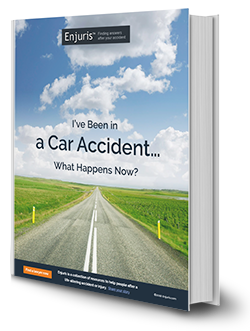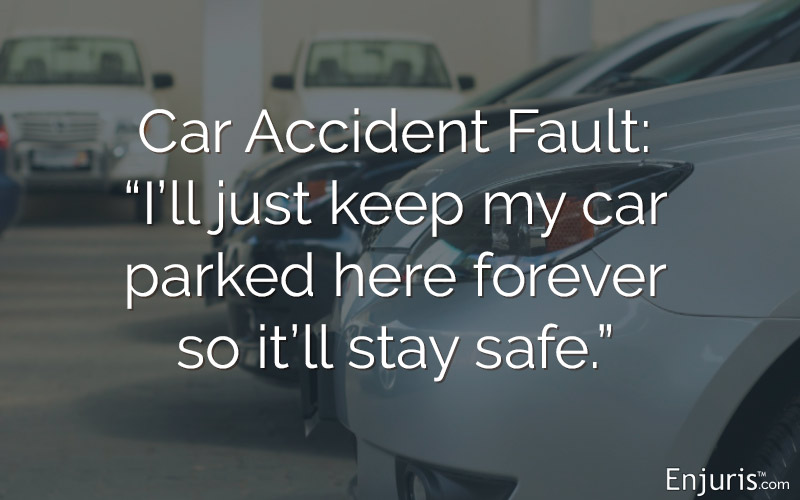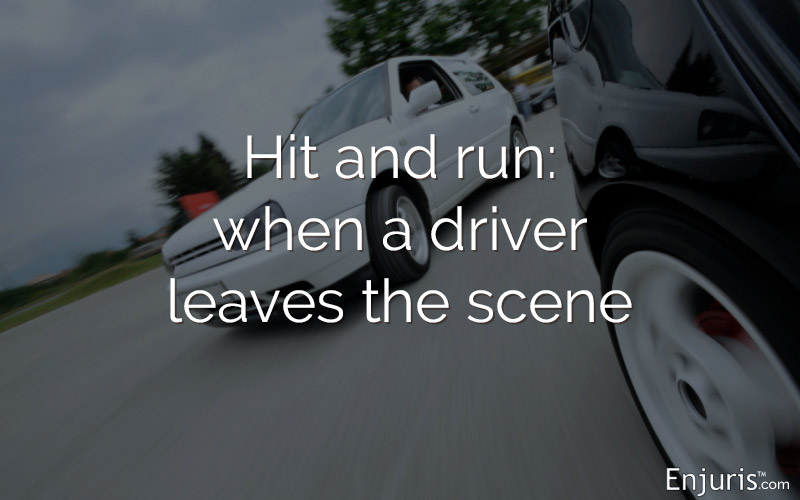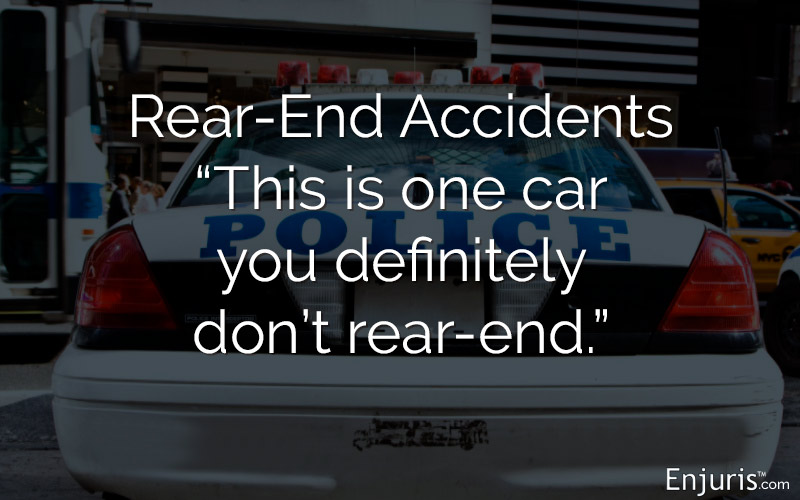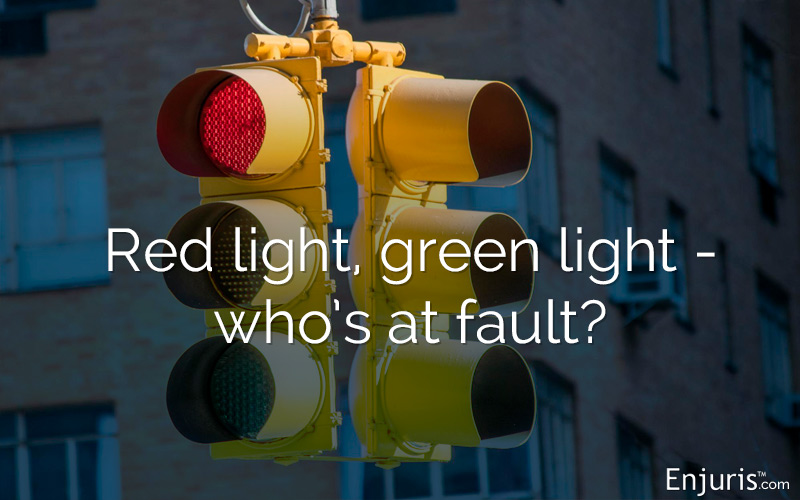The basics about car crashes in Big Sky Country
Whether you’ve recently been injured in a car accident in Montana or you have a squeaky clean driving record, it’s a good idea to familiarize yourself with the laws concerning car crashes in Big Sky Country.
In this guide, we’ll take a look at car accident statistics, the key Montana laws you need to know, and the steps you should take following a car accident to ensure that you’re fairly compensated for your injuries.
What you do immediately after a car accident matters. Continue reading to learn all about car accidents in Montana.
Car accident statistics
According to the Montana Department of Transportation, there are roughly 21,000 car crashes in Montana every year. In 2017 (the last year for which data is available), there were 23,834 car crashes.
How many of those crashes resulted in injuries? Here’s the breakdown:
| 2017 Montana Car Crashes & Injuries | |
|---|---|
| Injury Severity | Total Number of Crashes |
| Fatal Crash | 169 |
| Serious Injury Crash | 599 |
| Minor Injury Crash | 4,555 |
| No Injury Crash | 18,173 |
| Unknown | 338 |
| Total | 23,834 |
The data shows that rural areas in Montana are far more dangerous than urban areas. Shockingly, 88% of fatal crashes in Montana occurred in rural areas in 2017 and 78% of serious injury crashes occurred in rural areas.
Top car crash factors
Historically, rural states have fatality rates well above the national average. One of the reasons this is true is that vehicles travel at higher average speeds on rural roads.
Other Montana car accident statistics from 2017 that might surprise you include:
- 80% of fatal crashes involved male drivers
- 74% of serious injury crashes involved male drivers
- 31% of all crashes occurred between noon on Friday and noon on Sunday
- 29% of all crashes involved drivers under the age of 20
- While only 7% of all crashes involved occupants not wearing seatbelts, 53% of fatal crashes involved occupants not wearing seatbelts
- 41% of fatal crashes involved an impaired driver
Common car accident injuries
In Montana, approximately 3% of all crashes result in serious injuries. These injuries may include:
On the other hand, approximately 19% of all crashes result in minor injuries. These injuries may include:
- Broken bones
- Scarring
- Whiplash
Determining fault in a car accident
Montana has a fault-based insurance system. This means that if you get into an accident in Montana, you’ll have to show that the other driver was negligent in order to receive compensation.
To prove negligence, the injured person (the “plaintiff”) must prove 4 elements:
- Duty. The plaintiff must prove that the defendant owed them a duty of care. A duty of care arises when the law recognizes a relationship between the plaintiff and defendant requiring the defendant to exercise a certain standard of care so as to avoid harming the plaintiff. The law requires all drivers to exercise “reasonable care” while operating a motor vehicle so as not to harm other people on the road.
- Breach. The plaintiff must prove that the defendant breached the duty of care. A breach occurs when the defendant fails to meet the standard of care required.
- Causation. The plaintiff must prove that the injury was caused by the defendant’s breach.
- Damages. The plaintiff must prove that they actually suffered some sort of injury (whether it’s a physical injury or an injury to their property).
How you go about proving the elements of negligence will vary depending on the specific circumstances of your case. Some important evidence may include:
- Police reports
- Accident reconstruction analysis
- Videos or photographic evidence
- Witness statements
- Electronic crash data
- Medical records and billing statements
- Traffic citations
What happens if both you and the other driver are partially at fault for the accident?
Montana follows the modified comparative fault theory. Under this theory, the amount of damages a plaintiff can recover is reduced by a percentage that reflects their own degree of fault – so long as that percentage doesn’t exceed 50%.
If the plaintiff’s percentage of fault exceeds 50%, the plaintiff can’t recover ANY damages.
Car accident damages
In Montana, there are 3 types of damages available to a plaintiff in a personal injury lawsuit:
- Economic damages. These are fairly objective and easy to calculate. The most important thing you can do for your case is to keep track of your expenses. This means saving all of your medical bills and receipts.
- Non-economic damages. These are more difficult to prove than economic damages because they are subjective. Examples include pain and suffering and emotional distress. Again, keeping good records can help.
- Punitive damages. These are money damages intended to punish the defendant and are rarely awarded in personal injury cases. In Montana, punitive damages are only available in cases involving fraud or actual malice.

Printable daily medication log template helps you track your medicines and side effects
Download in PDF format
In a car accident, fraud isn’t a factor. However, the defendant may have acted with actual malice. In Montana, a defendant acts with actual malice if the defendant:
- Has knowledge of facts that create a high probability of injury to the plaintiff, and
- Intentionally proceeds to act despite the high probability of injury.
For example, if a person becomes intoxicated and decides to drive, that person likely acted with actual malice because the person was aware that driving while intoxicated creates a high probability of causing an injury, and nevertheless decided to drive.
What to do after a car accident in Montana
When you’re involved in a car accident, there are a million thoughts running through your head. While this is understandable, here are 4 steps you’ll want to remember to take.
Step 1: Stop your vehicle
Under Montana law, every driver who knows or “reasonably should have known” that the driver has been in an accident with another person must immediately stop their vehicle and:
- Provide their name, address, and registration number
- Provide their driver’s license (if requested)
- Render reasonable assistance to any person injured at the scene
- If anyone is injured at the scene, give notice to the local police department and remain at the scene until an on-duty police officer arrives and gives the driver permission to leave
Step 2: Collect witness contact information
Potential witnesses to a car accident include:
- Pedestrians
- Drivers and passengers in other vehicles
- People in adjacent buildings
- Emergency responders
Witnesses are notoriously difficult to track down after an accident. Be sure to get all the contact information you can at the time of the accident, including:
- Home and work addresses
- Home and work telephone numbers
- Telephone numbers of someone close to the witnesses (such as a spouse)
Step 3: Seek medical attention and document everything
In addition to helping you recover from your injuries, going to the doctor after a car accident adds legitimacy to any future damage claim you make. If you don’t visit a doctor soon after the accident, the other party (or insurance company) may argue that:
- You weren’t really hurt in the accident, or
- Your failure to seek medical help right away exacerbated or prolonged your injuries, and your damages should be reduced according.

Damages worksheet to track expenses for your injury claim (medical treatment, property damage, lost wages, prescriptions)
Download in PDF format
Step 4: Consult a car accident attorney
If you’re involved in more than just a minor accident or are having issues receiving sufficient compensation for your injuries from an insurance company, consider hiring a Montana car accident attorney. An experienced attorney can deal with the insurance company and help maximize your recovery.
If you’re still on the fence about contacting an attorney, consider the following:
- Most personal injury attorneys work on a contingency basis (usually 1/3 of the damages awarded). This means you don’t pay anything unless you recover damages.
- Most personal injury attorneys offer free initial consultations where they can help you determine whether you have a case worth pursuing.
Remember that the statute of limitations in Montana is 3 years for personal injury claims. While this may seem like a long time, finding the right attorney and filing a lawsuit can take longer than you might think. If you’ve been injured in a car accident, don’t hesitate to talk with an attorney.
Did you know that car accident law varies by state?
Hurt in a car crash? You may find these resources helpful
What does an injury lawyer do?
A personal injury lawyer helps individuals who have sustained injuries in accidents to recover financial compensation. These funds are often needed to pay for medical treatment, make up for lost wages and provide compensation for injuries suffered. Sometimes a case that seems simple at first may become more complicated. In these cases, consider hiring an experienced personal injury lawyer. Read more
Need a lawyer?
Common car accidents
- Guide to Montana Car Accidents
- Auto Insurance Requirements for Montana Drivers
- Distracted Driving Accidents & Laws in Montana
- Guide to Bicycle Accidents in Montana
- Montana Airplane Accidents & Personal Injury Lawsuits
- Montana Bus Accident & Injury Guide
- Montana Drunk Driving Accidents
- Montana Hit and Run Car Accidents
- Montana Motorcycle Accident Guide
- Montana Train Accidents & Injury Claims
- Pedestrian Accidents in Montana
